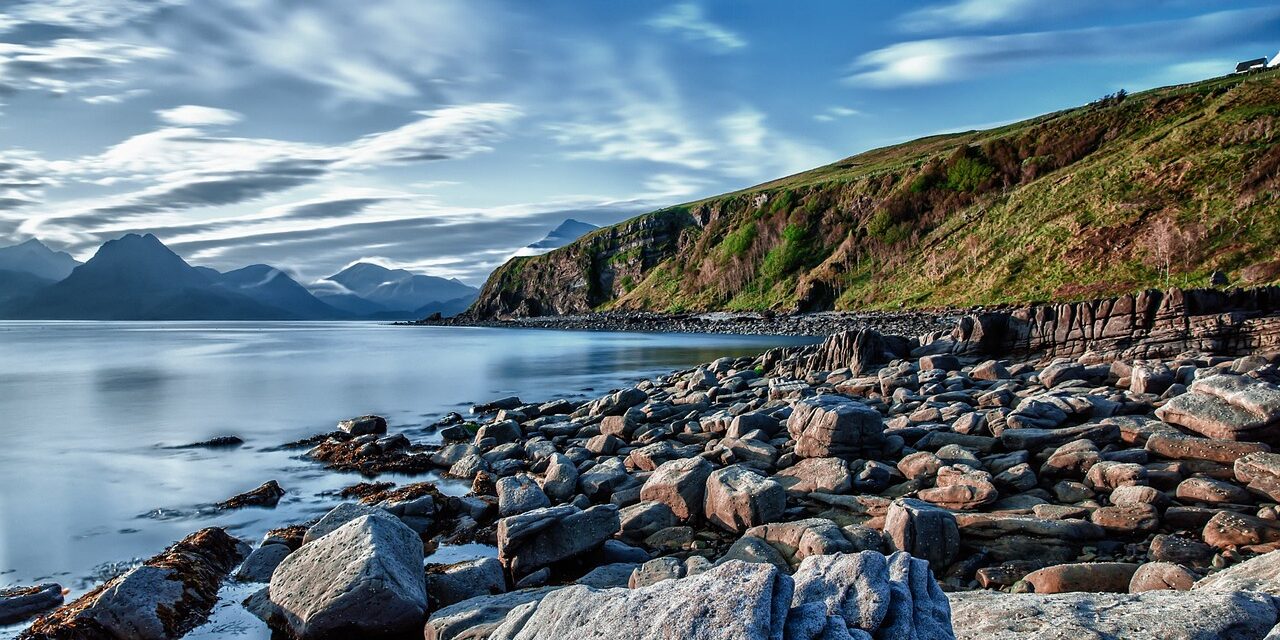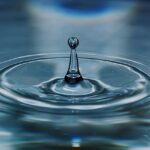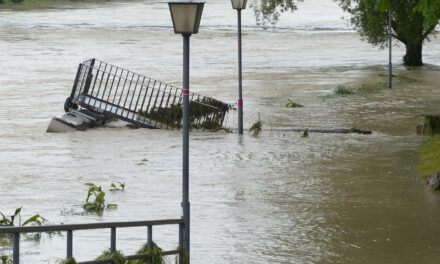Current state of the lake and the impact of water shortages explained
Current state of the lake and the impact of water shortages near Box Elder County: Towns and agricultural areas near the lake
The Great Salt Lake is Dying. Can We Save It?
The Great Salt Lake, a vital ecosystem and economic driver, is shrinking at an alarming rate. Climate change has disrupted the natural water cycle, leading to less snowfall in the mountains and reduced water flow into the lake. This shrinking lifeline is not just an environmental tragedy; it threatens the health and livelihoods of millions in the region.
The Active Climate Rescue Initiative is working tirelessly to restore the Great Salt Lake’s health. They are tackling the complex challenges head-on, but they need your support.
The situation is urgent. Here’s why:
- Farmers in Box Elder County are facing increasing water scarcity. They need to irrigate their crops, but as the lake shrinks, so do their water supplies.
- The lake’s shrinking surface area is creating a vicious cycle. Less water means less evaporation, which means less moisture in the air and even less snowfall.
- The dust storms are becoming increasingly severe. As the lakebed dries, toxic dust is blown into the air, posing health risks to the surrounding communities.
We can’t afford to ignore this crisis.
Join the Active Climate Rescue Initiative and help us:
- Restore the natural water cycle: Support initiatives to conserve water and promote sustainable farming practices.
- Protect our communities: Advocate for policies that prioritize water conservation and protect the Great Salt Lake.
- Spread the word: Educate others about the critical importance of this vital resource.
Together, we can save the Great Salt Lake. Let’s act now before it’s too late.
The Great Salt Lake: A Thirsty Giant
TL;DR – The Great Salt Lake is shrinking, and it’s a big problem! Climate change, overuse of water, and a changing environment are all making the lake smaller. This hurts the lake’s ecosystem, the local economy, and even our air quality. We need to work together to conserve water, use it wisely, and find new solutions to help the lake recover.
A Lake in Trouble
The Great Salt Lake is a giant, salty body of water in Utah. It’s an important part of the environment, providing a home for many animals and birds. But the lake is shrinking, and that’s a big problem.
The Great Salt Lake’s water comes from rivers and streams, which collect water from the mountains and snow. This water flows down to the lake, keeping it full. But recently, there hasn’t been enough water reaching the lake.
Why Is the Lake Shrinking?
H3> Climate Change: The climate is changing, making it hotter and drier. This means less snow falls in the mountains, and less water flows into the rivers and streams that feed the lake.
H3> Water Use: People in Utah use a lot of water for farming, drinking, and other needs. This means less water reaches the lake.
H3> Box Elder County: A Case Study
Box Elder County, located north of the Great Salt Lake, is home to many farms and towns. Farmers in this area depend on water from the Bear River, which flows into the Great Salt Lake. As the demand for water grows, farmers in Box Elder County are taking more water from the river, leaving less for the lake.
The Impact of the Shrinking Lake
The shrinking lake is causing many problems.
H3> A Struggling Ecosystem: The lake is home to many birds, fish, and other animals. As the water level drops, their habitats disappear, and some species might even become extinct.
H3> Economic Harm: Tourism, fishing, and other industries that depend on the lake are suffering as the lake shrinks.
H3> Dirty Air: Dust storms from the dry lakebed can cause health problems for people living nearby.
Working Together to Save the Lake
There are things we can do to help the Great Salt Lake recover.
H3> Conserving Water: We can all do our part by using less water in our homes and gardens. This means taking shorter showers, fixing leaks, and watering our lawns less often.
H3> Smart Farming: Farmers can use new irrigation technologies to use water more efficiently.
H3> Government Action: The government can create policies to help conserve water and protect the lake.
The Active Climate Rescue Initiative
The Active Climate Rescue Initiative is working to solve the Great Basin water supply shortages, which directly affect the Great Salt Lake. They’re focused on restoring the natural water cycle through a variety of innovative strategies, including:
- Restoring wetlands: Wetlands play a vital role in filtering and storing water. By restoring degraded wetlands, they can increase water retention and improve water quality.
- Improving water infrastructure: Upgrading irrigation systems and improving water management practices can help reduce water waste and increase efficiency.
- Advocating for policy change: They work with policymakers to develop and implement sustainable water management policies.
H3> Community and Stakeholder Involvement
It’s important to remember that everyone has a role to play in saving the Great Salt Lake. We need to work together – communities, farmers, businesses, and government – to find solutions. Open communication, collaboration, and a commitment to sustainable practices are crucial.
Summary: The Great Salt Lake is facing a serious water shortage crisis, caused by climate change, overuse of water, and a changing environment. This has severe consequences for the lake’s ecosystem, the local economy, and even our air quality. Addressing this challenge requires a multi-faceted approach that includes water conservation practices, innovative irrigation techniques, and policy measures. Organizations like the Active Climate Rescue Initiative are working to restore the natural water cycle and ensure the health of the Great Salt Lake, but their efforts need community and stakeholder involvement to succeed. By working together, we can protect this vital resource for future generations.
More on Current state of the lake and the impact of water shortages…
- ## SEO Keywords: Current State of the Lake & Water Shortages
- General:
- Lake water levels
- Lake health
- Lake ecosystem
- Water shortage impact on lakes
- Drought impact on lakes
- Lake conservation
- Water scarcity and lakes
- Environmental impact of water shortages
- Lake management strategies
- Specific:
- [Lake Name] water levels
- [Lake Name] drought conditions
- [Lake Name] ecosystem health
- [Lake Name] water quality
- [Lake Name] fish populations
- [Lake Name] recreational impact
- [Lake Name] drought management plan
- Community & Stakeholder Involvement:
- Community involvement in lake management
- Stakeholder engagement in lake conservation
- Public participation in water resource management
- Community water conservation programs
- Collaborative lake management
- Water rights and stakeholder conflicts
- Community education on water scarcity
- Public awareness campaigns on lake health
- Citizen science and lake monitoring
- Local government water policies
- Water conservation strategies for communities
- Additional Keywords:
- Lake restoration
- Water resource management
- Sustainable water use
- Climate change and water resources
- Environmental justice
- Water equity
- Public policy and water resources
- Water security
- Water conservation technology
- Water footprint
- Note:** Replace “[Lake Name]” with the specific lake you are referencing.











